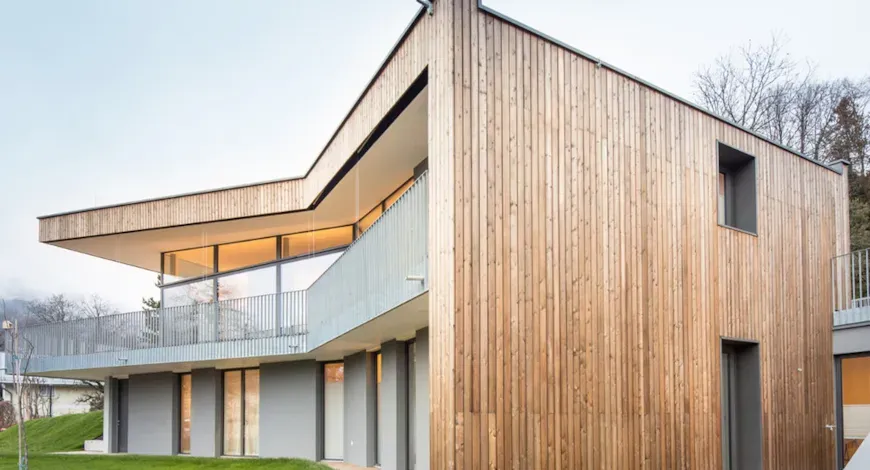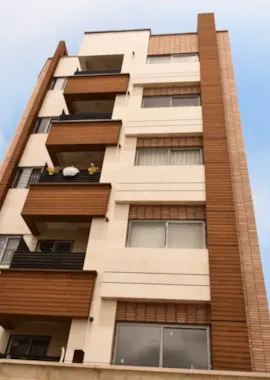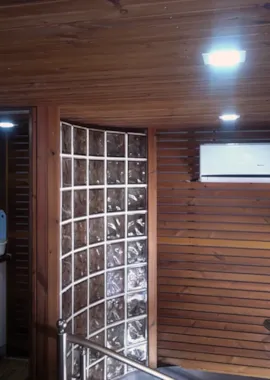Thermowood Façade

Thermo wood is offered for use in the exterior and interior of the building in the types of pine, spruce, van, etc.
What is the thermowood process?
In short, in the thermowood process, the wood is heated to 180 to 215 degrees Celsius while being protected by steam. In addition to its protective role, steam affects the chemical changes that occur in wood. As a result of this method (thermal treatment or thermowood), a product called wood thermo is obtained, which is also very environmentally friendly. In the thermo process, the color of the wood darkens and becomes more balanced than ordinary wood in changing moisture conditions, and its thermal insulation properties also increase. Also, in thermal treatment (thermowood), wood becomes resistant to decay and the amount of dimensional change in it is minimized.
- Phase 1: Increase the temperature and dry at a high temperature
In the thermowood process, the temperature of the wood is rapidly raised to about 100 ° C using heat and water vapor. Then gradually increase the temperature to 130 ° C. Water vapor is used to prevent the wood from cracking during the process. Water vapor also prevents chemical interactions inside the wood. The humidity inside the wood at this stage reaches about zero.
- Phase 2: Thermal changes
At this stage, the temperature of the wood increases to about 180 to 215 degrees Celsius. The rate of increase depends on the type of thermo classification and is kept at this temperature for several hours after reaching the desired temperature. Water vapor at this stage prevents the wood from catching fire.
The advantages of wood facade include the following:
- Variety in color
- Prevents deformation of timber
- Wood moisture constant
- Resistance to rotting
- Lightweight compared to other building materials
Projects




